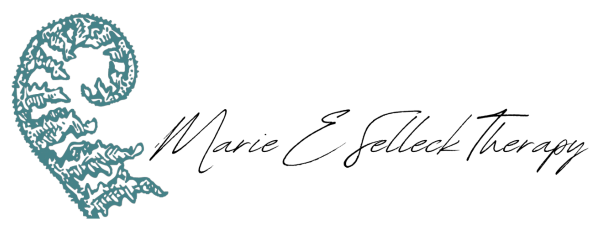When Trauma Looks Like ADHD: Understanding Symptoms
Important Preface
Before we begin, I want to be absolutely clear: ADHD is a real, legitimate neurodevelopmental condition that affects many adults. It has biological origins, is often genetic, and those who have it deserve proper diagnosis, treatment, and support. Nothing in this article suggests otherwise.
What I aim to explore is how developmental trauma can sometimes create symptoms that mimic ADHD, potentially leading to misdiagnosis in some cases. This isn't an either/or situation—some people have ADHD, some people have trauma responses that look similar to ADHD, and some people have both.
The key message is this: proper diagnosis requires looking at a person's entire life history and experiences, not just a checklist of current symptoms. Only by understanding the whole person can we provide truly effective support and treatment paths.
The Overlapping Symptoms in Adult Life
Adults who experienced trauma during important developmental stages in childhood often show behaviors that look very similar to ADHD:
Difficulty focusing: Struggling to complete tasks at work or maintain attention in conversations
Impulsive behaviors: Making quick decisions without considering consequences
Internal restlessness: Feeling constantly on edge even when appearing calm externally
Disorganization: Chronic struggles with time management and keeping living spaces ordered
Emotional reactivity: Seemingly disproportionate responses to minor stressors
These similarities make proper diagnosis challenging. When we look only at current symptoms without considering developmental history, we risk missing crucial information that could guide treatment.
Why Childhood Trauma Creates These Behaviors
When developmental trauma occurs, the brain adapts to survive hostile or unpredictable environments. These adaptations can persist into adulthood:
The Hypervigilant Adult Brain
A trauma-shaped brain prioritizes safety and connection above all else. This means:
Splitting attention because part of the mind is always scanning for potential threats
Difficulty focusing on "normal" tasks when the nervous system remains chronically activated
Persistent tension in the body creating internal restlessness that disrupts concentration
Executive Function Challenges
Trauma particularly impacts the prefrontal cortex—the brain's command center for planning, focus, and impulse control. When this area doesn't develop optimally due to early stress and insecure attachment to parents, executive function difficulties follow you into adulthood.
The Critical Difference in Treatment
Understanding the root cause of symptoms matters because treatment approaches differ. ADHD is typically treated with stimulant medications and organizational strategies. While these approaches may help manage symptoms, they don't address underlying trauma patterns.
For trauma-based symptoms in adults, effective treatment includes:
Nervous system regulation: Learning to recognize and respond to your body's stress signals
Processing developmental trauma: Working through early experiences with appropriate support
Building internal safety: Developing a sense of security that wasn't possible in childhood
Relationship healing: Learning new patterns of connection that weren't modeled early on
These can all be addressed through Brainspotting Therapy and other deep and mid-brain approaches to therapy.
Looking at Life History, Not Just Symptoms
To distinguish between ADHD and trauma responses, we need to look at the whole person:
When did symptoms first appear? ADHD symptoms typically show in early childhood, while trauma-related symptoms often connect to specific life periods or events.
Is there a pattern to symptom triggers? Trauma responses often intensify in situations that echo past experiences (though you can’t always recognize them in clear memories).
What was the childhood environment like? Early instability, unpredictability, or threat can shape the developing brain in ways that mimic ADHD.
How does the person respond to safety? Adults with trauma-based symptoms often function much better in environments where they feel completely secure.
Moving Forward with Understanding
If you're an adult struggling with attention and behavior challenges:
Seek comprehensive evaluation that includes your developmental history and life experiences, not just current symptoms.
Be open to exploring your story. Look beyond behaviors to understand potential historical causes.
Remember that proper diagnosis isn't about labeling—it's about finding the most effective path to healing and growth.
Understand that having both ADHD and trauma history is possible. Many people need support for both aspects of their experience. This also means that symptoms you have been associating with just ADHD, might actually be reduced through some Trauma Therapy as well.
The good news is that whether you're dealing with ADHD, trauma responses, or both, effective help exists. Our brains remain adaptable throughout life, and with appropriate interventions that address root causes, healing and improved functioning are possible at any age.
This information is educational and not intended to replace professional medical or psychological advice. If you're questioning your diagnosis or experience, please consult with qualified healthcare providers who use trauma-informed approaches.


